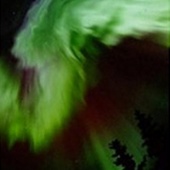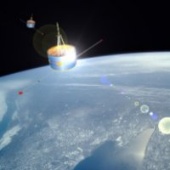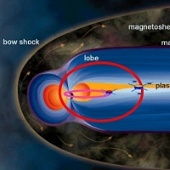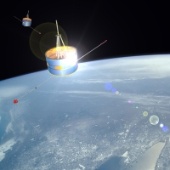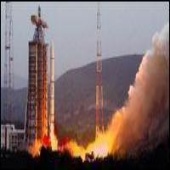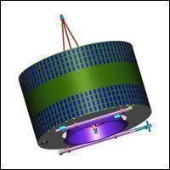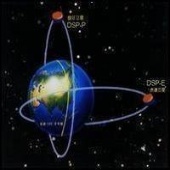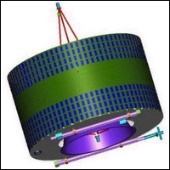ESA Science & Technology - News Archive
News archive
News archive
After successfully completing its operational lifetime, including two mission extensions, the Double Star mission's TC-1 satellite has re-entered Earth's atmosphere nearly four years after its launch
Published: 16 October 2007
Combined observations from the Cluster and Double Star missions have resulted in the discovery of a new type of onset for a magnetospheric phenomenon that induces bright aurorae: the magnetic substorm.
Published: 11 September 2007
On 8 November 2006, ESA's Science Programme Committee has approved a 9 months extension of ESA involvement in the Double Star Programme (DSP) operations from 1 January 2007 to 30 September 2007.
Published: 9 November 2006
Published: 3 October 2006
Published: 20 June 2006
Published 8 November 2005 in Annales Geophysicae, an article by Zhang et al. presents the first ever simultaneous observation of neutral sheet oscillations, giving a more global view of this phenomenon than previously possible.
Published: 30 March 2006
Published: 21 September 2005
On 10 May 2005, the ESA Science Programme Committee approved the extension of the Double Star mission for a period of 17 months, pushing back the end date from July 2005 to December 2006.
Published: 12 May 2005
On 8 November 2004, more than 70 scientists from China, Europe, Russia and USA gathered to discuss the first results of the Double Star mission that provide new insights in the Earth's magnetosphere.
Published: 22 November 2004
Published: 13 August 2004
At 07:05 UT (15:05 local time) 25 July 2004, the Chinese National Space Administration (CNSA) successfully launched TC-2, the second of two scientific satellites known as Double Star.
Published: 26 July 2004
On 29th December the Chinese National Space Administration (CNSA) successfully launched TC-1, the first of two scientific satellites known as Double Star on a Long March 2C launcher.
Published: 29 December 2003
Published: 25 December 2003
Published: 21 November 2003
Published: 23 June 2003
Published: 11 October 2002
Published: 27 September 2001
Published: 9 July 2001
Published: 19 April 2001
—
20 Items per Page


